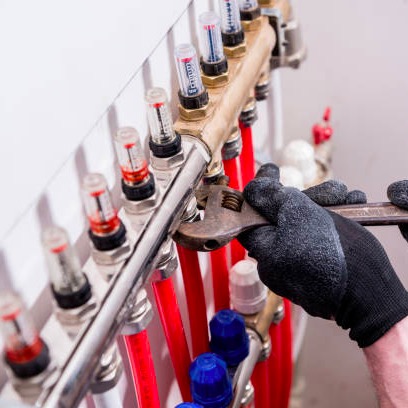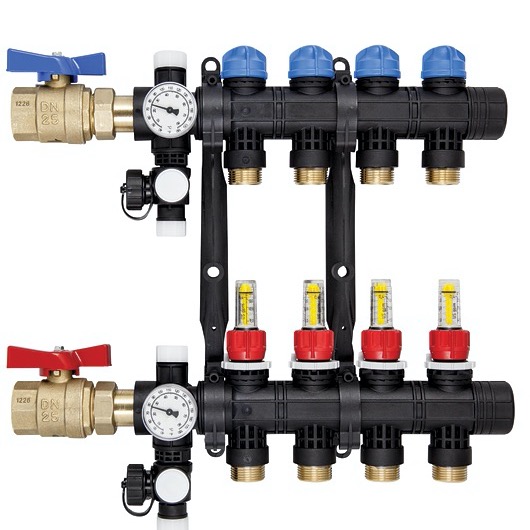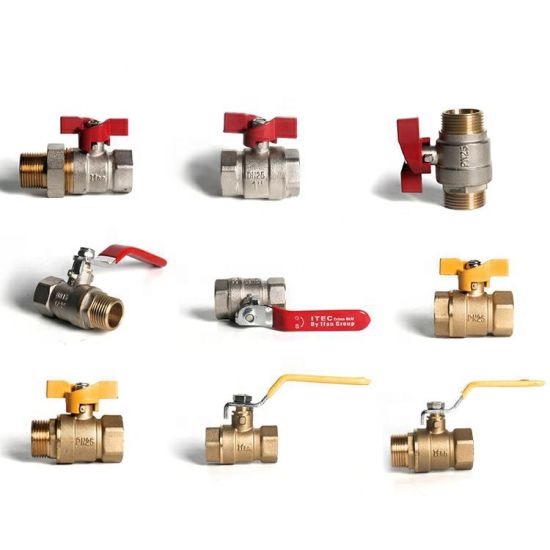Many installers and distributors face repeated complaints about PEX systems—often not because of the product, but because of how it's installed.
Incorrect installation of PEX1X manifolds](https://www.youtube.com/watch?v=xklSgUJly7A)[^2] leads to leaks, pressure issues, and maintenance headaches. Knowing what to avoid can save time and protect your reputation.
Whether you’re a first-time buyer or a seasoned installer, getting the manifold setup right is essential to system performance. Let’s walk through key placement tips, common pitfalls, and troubleshooting.
Where is the Best Place to Put a PEX Manifold?
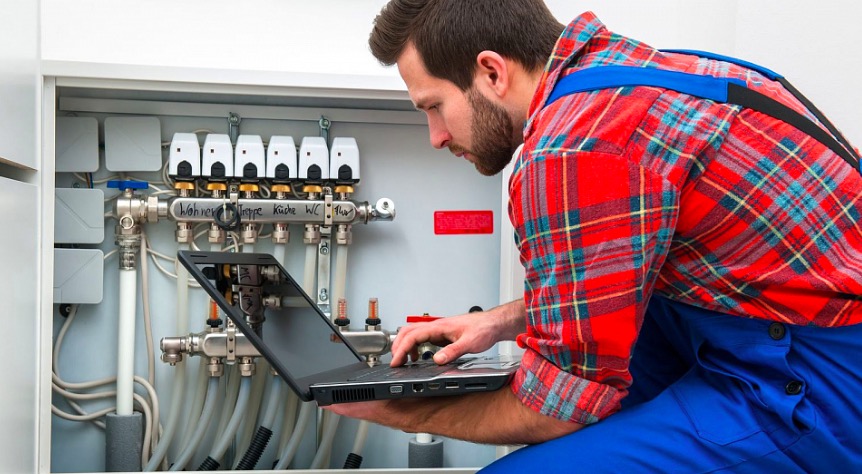
PEX Manifold Placement
Some buyers don't think much about placement—until installers call them with complaints about difficult access or poor pressure balance.
The ideal location for a PEX manifold is a central, accessible spot near the main water source, within an insulated utility room, wall cabinet, or basement space.
Correct positioning impacts both the ease of installation and system performance. Poor location decisions often lead to long pipe runs, flow inconsistencies, or even code violations.
📌 Best Practices for Placement
- Accessibility: Always install the manifold in a location that allows easy future access for adjustments or repairs.
- Distance: Place it as centrally as possible to reduce the length of PEX runs, ensuring more balanced pressure to all zones.
- Environment: Keep away from direct sunlight or freezing conditions. Use insulation wraps or cabinets in unconditioned spaces.
- Mounting: Secure the manifold on a stable backboard or inside a recessed wall box, keeping valves and ports exposed.
- Separation: Avoid mounting too close to electrical boxes or heat-generating equipment.
🧰 Real-world placement options:
| Location | Pros | Cons |
|---|---|---|
| Basement utility room | Easy to access and service | May require longer pipe runs |
| Wall cabinet | Neat, protected from damage | Needs proper ventilation or insulation |
| Mechanical closet | Close to water heater/boiler | Limited space for larger manifolds |
| Under-stair storage | Hidden and centralized | Cramped, not good for large systems |
When I help clients with custom brass manifold kits, I often recommend providing optional wall brackets and box kits to give end users flexible install options.
What are the Most Common Installation Mistakes with PEX Manifolds?
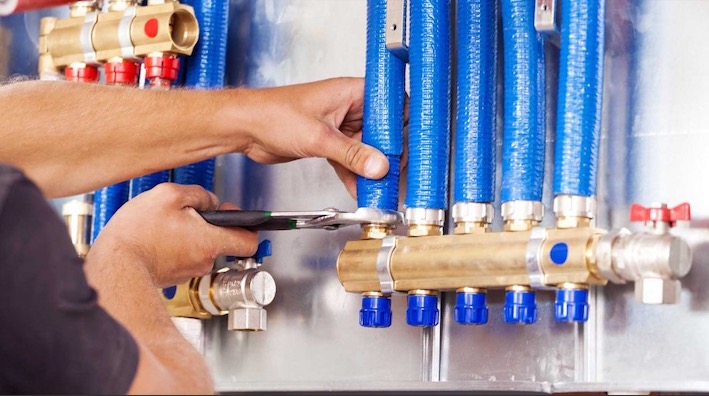
Manifolds Common Installation Errors
Even the best manifold can’t perform if it’s installed the wrong way—and I’ve seen too many systems fail because of preventable errors.
The most common mistakes include over-tightening fittings, skipping pipe supports, improper pipe routing, and mixing incompatible materials without correct adapters.
Let me break down each one based on what I’ve seen from both factory test setups and customer installation reports.
🔧 Top 6 PEX Manifold Installation Mistakes
-
Over-tightening Fittings
- What happens: Causes thread cracks or damage to brass or PPSU manifolds.
- How to avoid: Use hand-tight plus a quarter turn. Follow torque specs when available.
-
Unsupported Pipe Runs
- What happens: PEX sags, which can cause kinks or noise in the system.
- How to avoid: Use clamps every 32-48 inches horizontally, and 4-6 ft vertically.
-
Mixing PEX-A, PEX-B, and PEX-AL-PEX Without Proper Adapters
- What happens: Leaks or poor sealing at the connections.
- How to avoid: Match connection method to pipe type (expansion, crimp, or compression).
-
No Pressure Testing
- What happens: Small leaks go unnoticed until walls are closed up.
- How to avoid: Always pressure test to 1.5 times working pressure before finalizing.
-
Improper Pipe Routing
- What happens: Creates sharp bends or tension, leading to long-term fatigue or flow restriction.
- How to avoid: Maintain gentle 90° curves or use elbows for tighter bends.
-
Installing in Freezing Zones Without Protection
- What happens: Frozen pipes or burst manifolds in winter.
- How to avoid: Use insulation sleeves, heat tape, or install inside conditioned areas.
🛠️ Common Symptoms of Bad Installations
| Symptom | Likely Mistake |
|---|---|
| Uneven water pressure | Uneven pipe lengths, poor routing |
| Drips at connection points | Over-tightening, incorrect adapters |
| Noisy pipes when opening tap | Loose or unsupported PEX pipe |
| Water temperature fluctuation | Cross-connection errors or pipe kinks |
Mistakes happen—even among experienced contractors. But consistent issues from your clients may hurt your brand unless you educate them on these basics.
Troubleshooting for PEX Manifolds Installation Mistakes
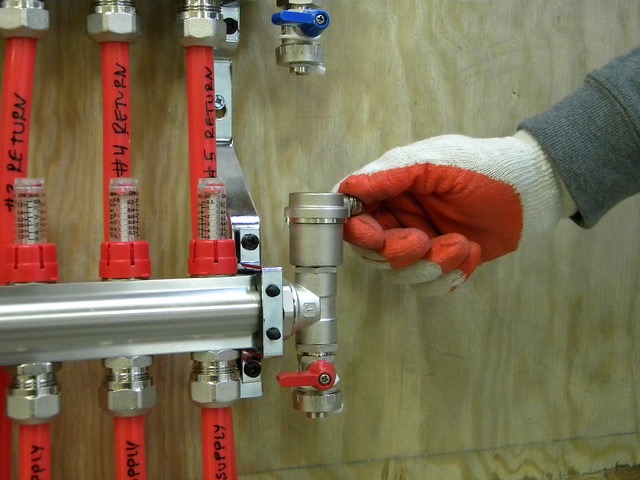
PEX Manifold Troubleshooting
You’ve received a call: the system leaks, or some zones aren’t working. Don’t panic—many problems can be traced back to simple missteps.
To troubleshoot PEX manifold issues, first isolate the problematic zone, check for pressure drops, inspect connection points, and ensure the flow is not restricted by airlocks or kinks.
I always recommend starting with a checklist before tearing anything apart. Here's what I usually suggest to my clients and partners:
✅ Step-by-Step Troubleshooting Checklist
-
Visual Inspection
- Look for any drips, corrosion marks, or signs of pressure stress near fittings.
- Check pipe routing for sharp bends or loose clamps.
-
Zone Isolation Test
- Shut off all zones.
- Turn on one zone at a time to identify performance problems.
-
Pressure Test
- Connect a pressure gauge to the manifold inlet and outlet.
- Check for consistent pressure readings between zones.
-
Flow Rate Check
- If flow meters are present, compare readings across zones.
- Adjust balancing valves to equalize if necessary.
-
Air Purge
- Use the bleed valve to remove trapped air from the manifold.
- Airlocks often cause sudden pressure drops or no-flow issues.
-
Connector Check
- Remove and recheck suspect fittings.
- Ensure O-rings or gaskets are seated properly.
🧠 Long-Term Maintenance Tips
- Re-test pressure annually (especially in high-usage buildings)
- Re-tighten connections if you notice pressure loss over time
- Keep a log of repairs or changes to trace recurring issues
At VPEXCO, we also provide user manuals and installation guides with our brass manifolds. If you're selling to less-experienced contractors, make sure you include these guides or offer brief video instructions.
PEX manifold systems are efficient and clean—if installed right. Avoiding key mistakes and using smart troubleshooting can save money and keep your projects on track.

Vpexco Pex Manifolds
-
This resource will help you identify common pitfalls in PEX installation, saving you time and reducing maintenance issues. ↩



